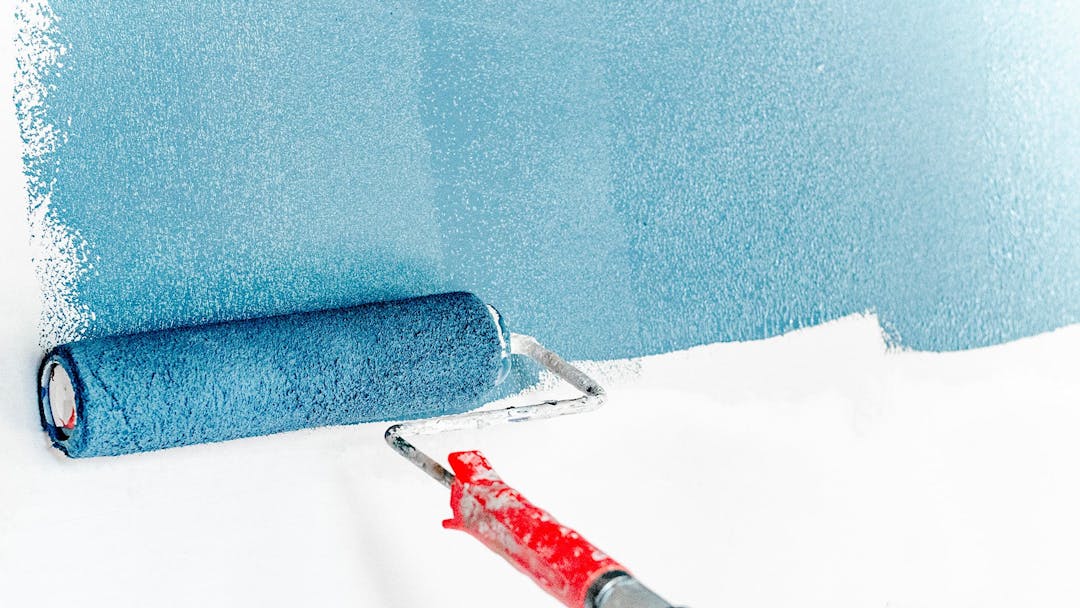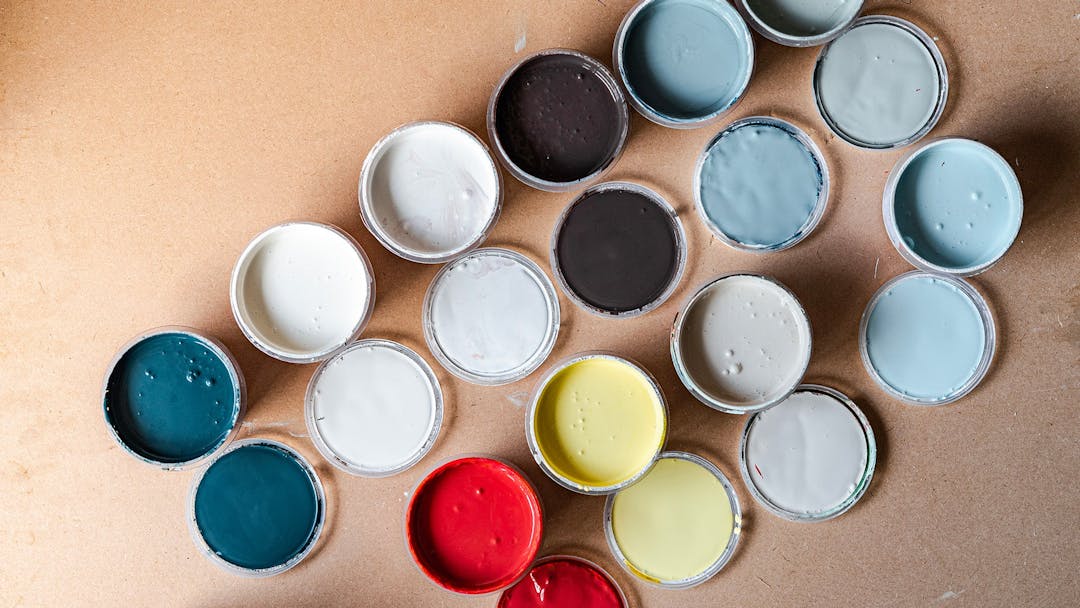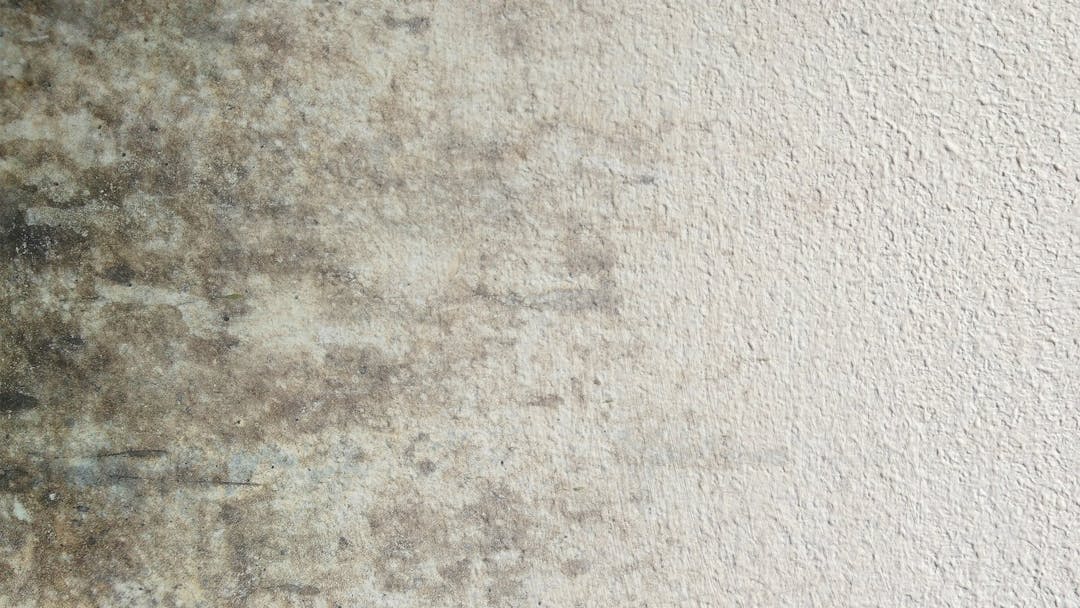Water-based paint is a type of paint that uses water as a vehicle to transport the pigments and additives needed to make it adhere to surfaces.
This type of product is a valid alternative to solvent-based paints, as it offers numerous advantages in terms of ease of use and efficiency as well as environmental impact.
Continue reading this article if you want to discover the characteristics of water-based paint, its uses and why it is considered an environmentally friendly choice.
Water-based paint: when can it be used?
Water-based paint can be used in a wide range of applications, both interior and exterior. It is particularly suitable for painting:
- Walls;
- Ceilings;
- Building facades;
- Chairs and tables;
- Bookcases;
- Doors;
- Windows;
- Wood, metal, plaster and concrete surfaces.
Its versatility makes it an ideal choice for renovation and decoration projects in both residential and commercial environments.
Advantages of Water-Based Paint
Water-based paint is widely used because it offers many advantages:
- Low emission of volatile organic compounds (VOCs) compared to solvent-based paints. This means that it releases fewer chemicals into the air during application and drying, helping to maintain better indoor air quality.
- Environmental and health safety. Thanks to its water-based formulation, this paint is considered safer for the environment and human health. It reduces the risk of exposure to harmful chemicals and contributes to healthier environments.
- Fast drying. This paint generally has a shorter drying time than solvent-based paints. This means that projects can be completed faster, reducing the waiting time between painting and using the painted surface.
- Ease of cleaning. Tools used with this product can be cleaned with water, simplifying the maintenance and cleaning of tools after use. This also reduces the need for aggressive chemical solvents.
- Wide range of colours and finishes. Water-based paint is available in a wide range of colours and finishes, allowing greater flexibility in interior and exterior design.
- Adhesion to different surfaces. This type of paint has good adhesion to a variety of surfaces, including wood, metal, plastic and masonry. This makes it versatile and suitable for a variety of painting projects. To further enhance this characteristic, a fixative is applied before applying water-based paint to a wall.
- Durability. Despite the common perception that water-based paints are less durable than solvent-based paints, technological developments have led to more advanced formulas with remarkable durability.
- Reduced odour. During application and drying, this type of product generally emits less odour than conventional solvent-based paints, making it more comfortable to apply indoors.
Water-based exterior paint
Water-based exterior paints are specially formulated to meet the challenges faced by walls and objects exposed to the elements.
This type of paint is designed to resist moisture, adverse weather conditions, low temperatures and UV radiation.
A common example of the use of water-based exterior paint is the painting of building facades. Thanks to its weather resistance, this paint can protect and beautify exterior walls for a long time.
In addition, exterior water paint is available in a wide range of colours and finishes, so it offers many design options to customise the aesthetic appearance of a property.
Water-based paint for interiors
When it comes to interiors, water-based paint is a preferred option for its low pollutant emissions and fast drying.
Its water-based formula makes it safe to use indoors, without worrying about a lingering or hazardous odour. Of course, this paint is also available in a wide range of colours and finishes, providing flexibility in interior design.
A common example of using water-based interior paint is painting the walls of a home or office. This paint is ideal for creating a healthy and comfortable environment, especially in rooms with poor ventilation.
Is water-based paint environmentally friendly?
Water-based paint is considered an environmentally friendly choice compared to traditional solvent-based paints.
This is because its water-based formulation reduces the emission of harmful chemicals into the environment and improves indoor air quality.
Solvent-based paints contain volatile organic solvents (VOCs), which can be harmful to human health and contribute to air pollution. In contrast, water-based paints have low or no VOCs, making them safer to use and less harmful to the environment.
In addition, water-based paint is easily washable with soap and water, eliminating the need for aggressive solvents to clean painting tools. This reduces the environmental impact and simplifies the cleaning process after painting walls or other surfaces.
Another green advantage of water-based paint is its more sustainable production compared to solvent-based paints. Making the latter requires the use of oil and other non-renewable resources, whereas water-based paint can be produced using fewer resources and with fewer harmful emissions.
Do you want to buy high-quality water-based paint in the colours you want and in the exact quantity you need? Discover VERNICE on Demand products.




